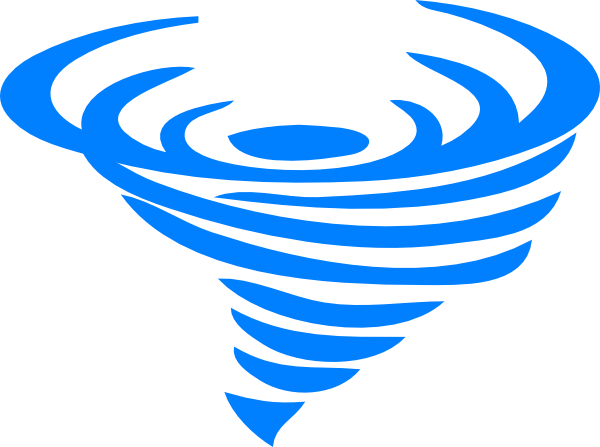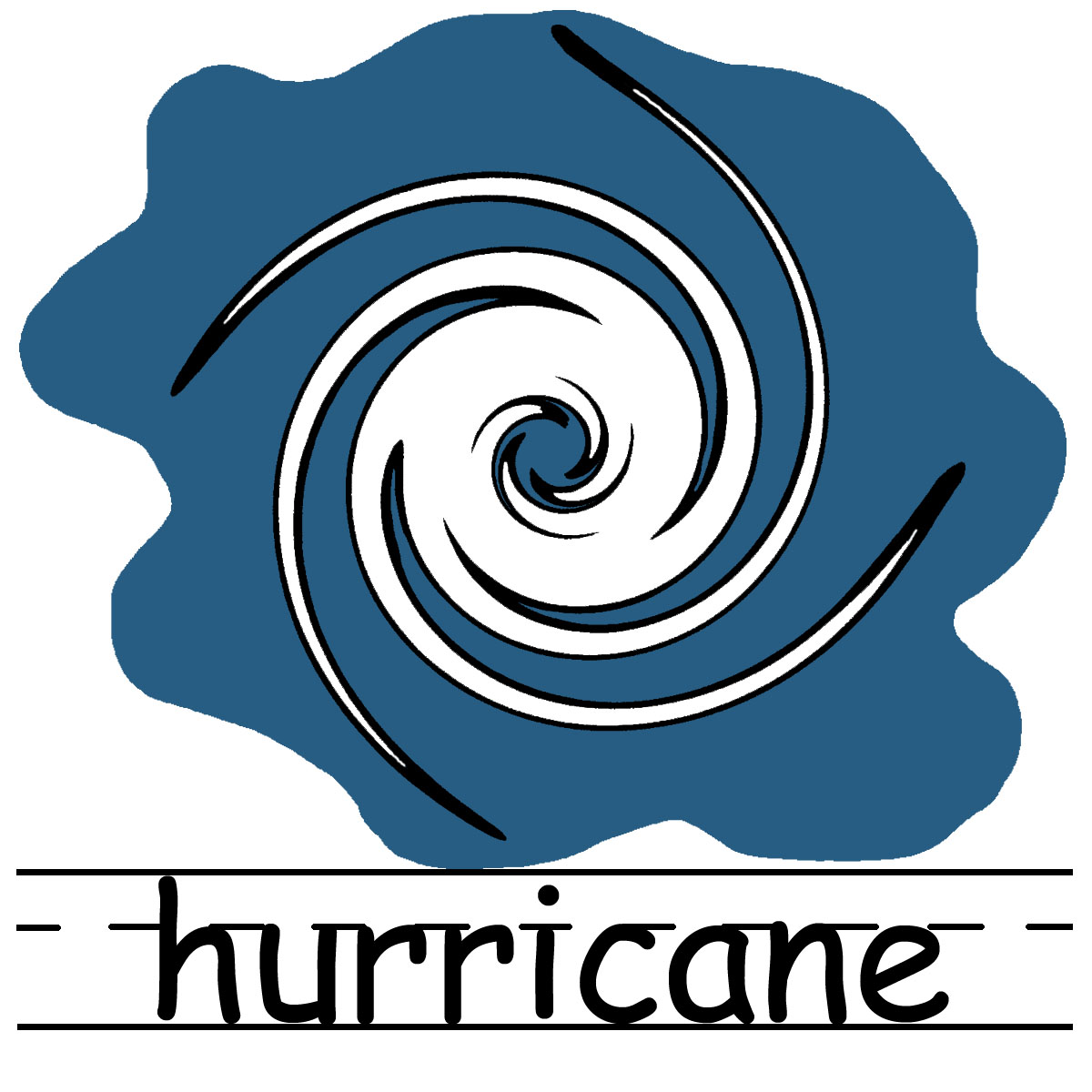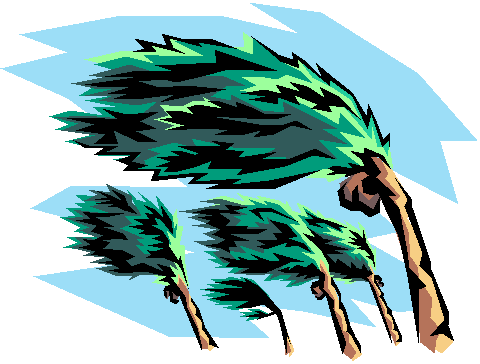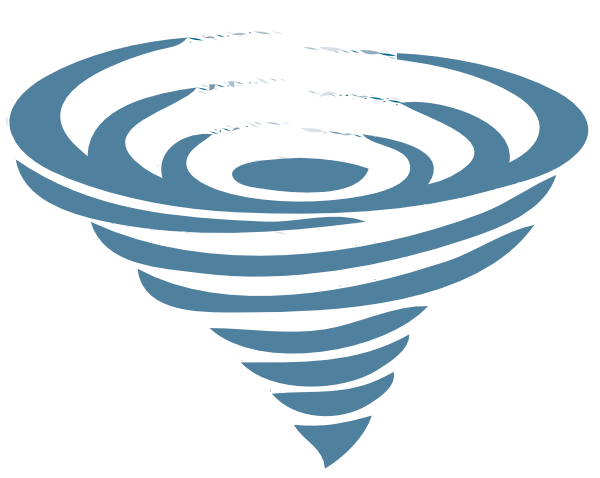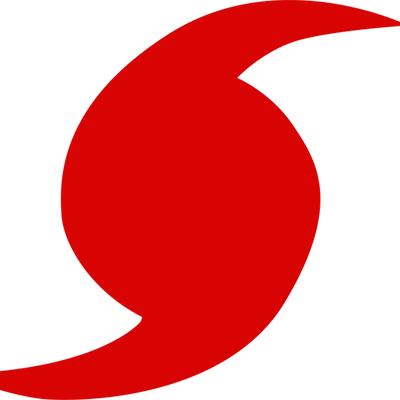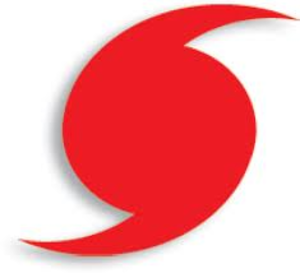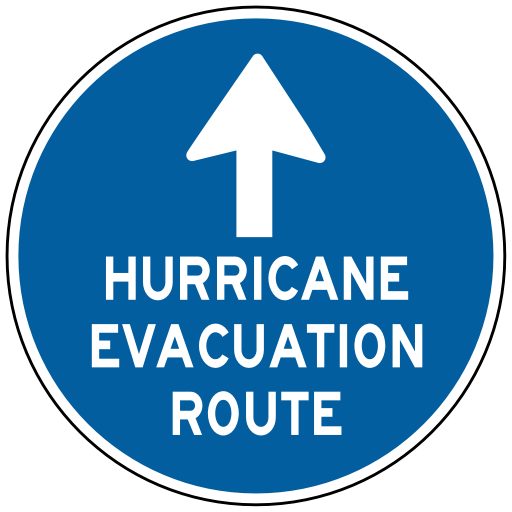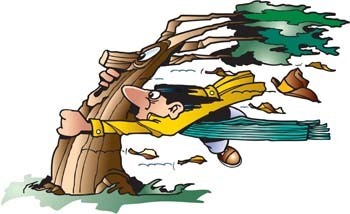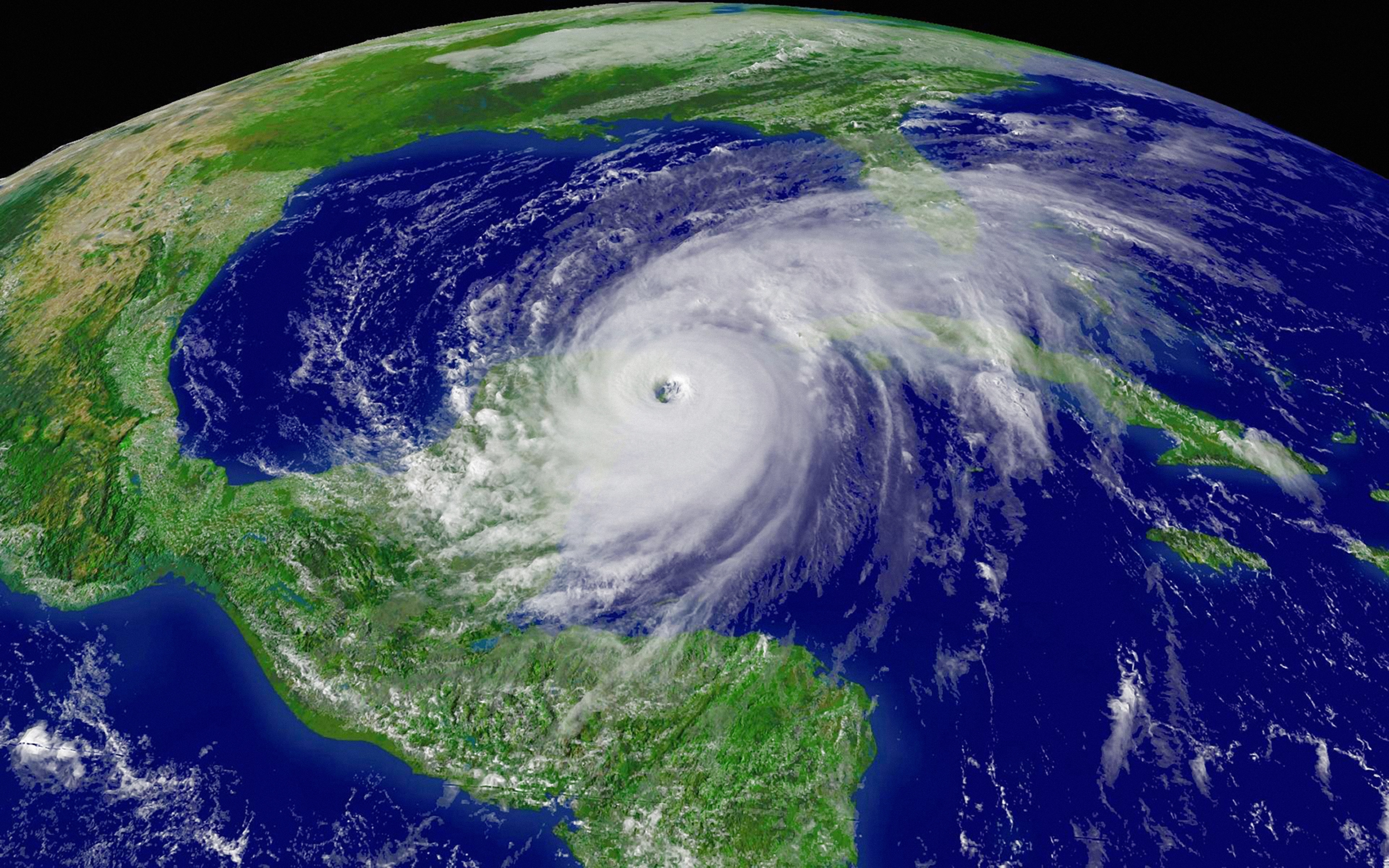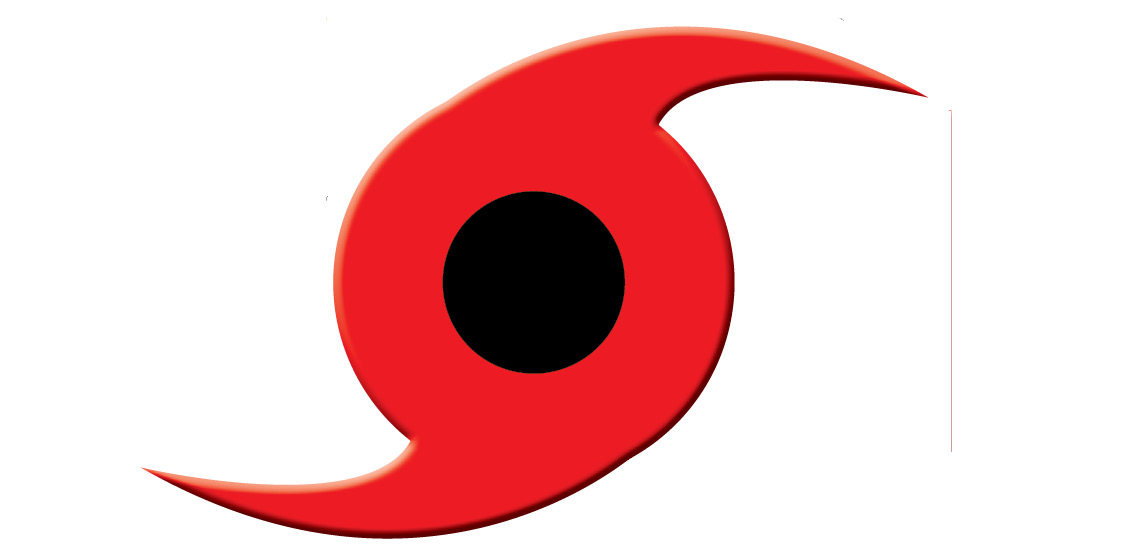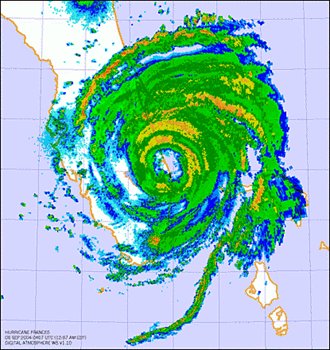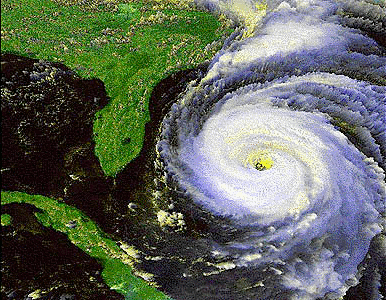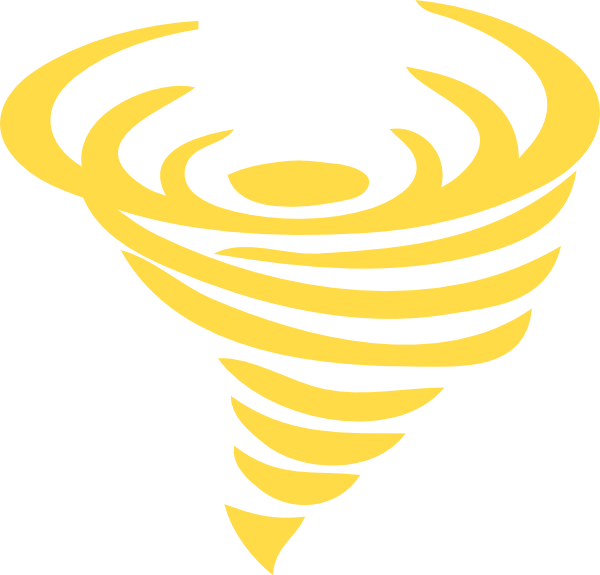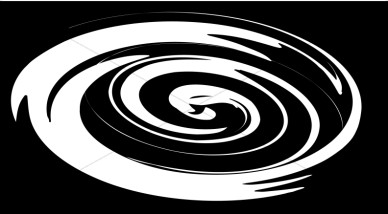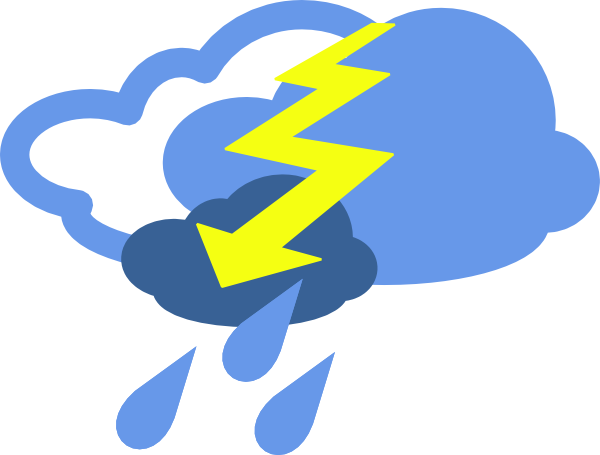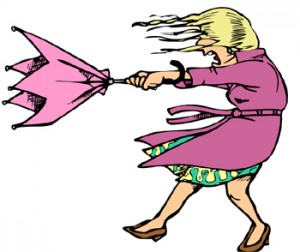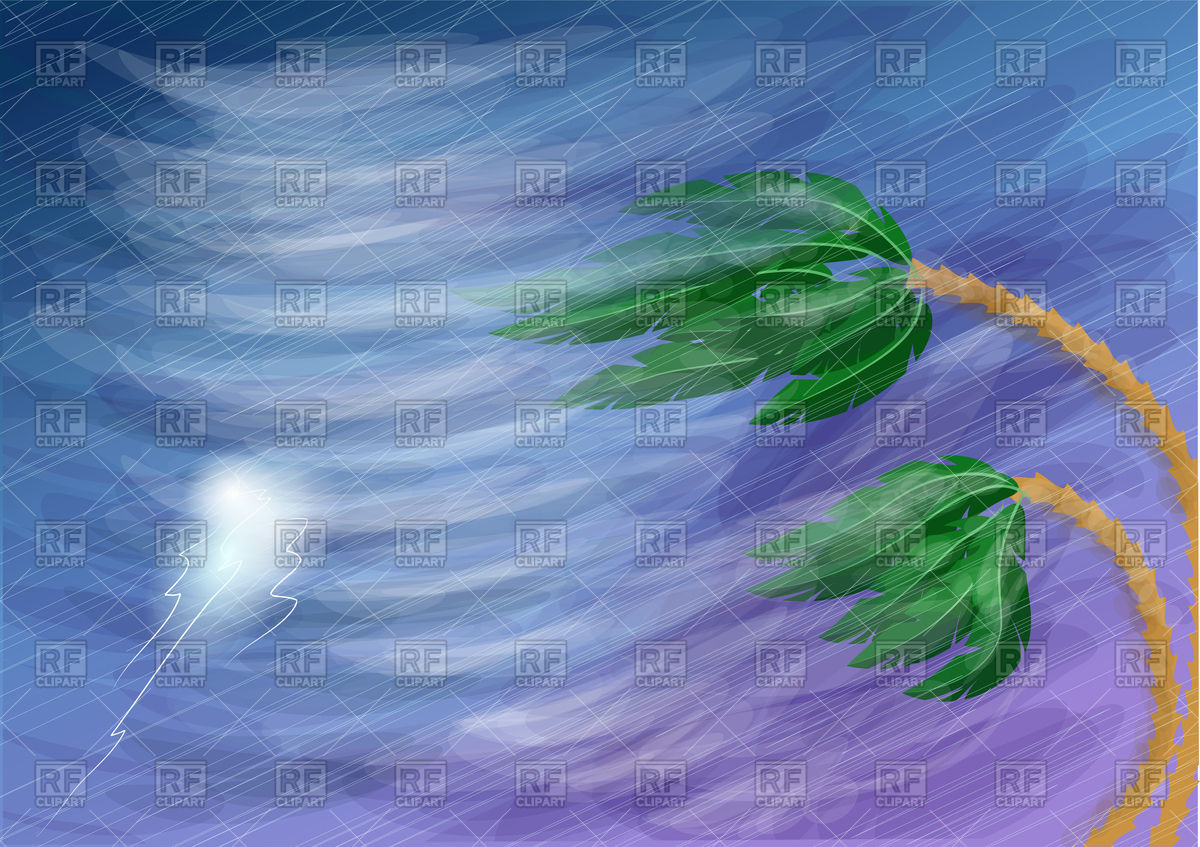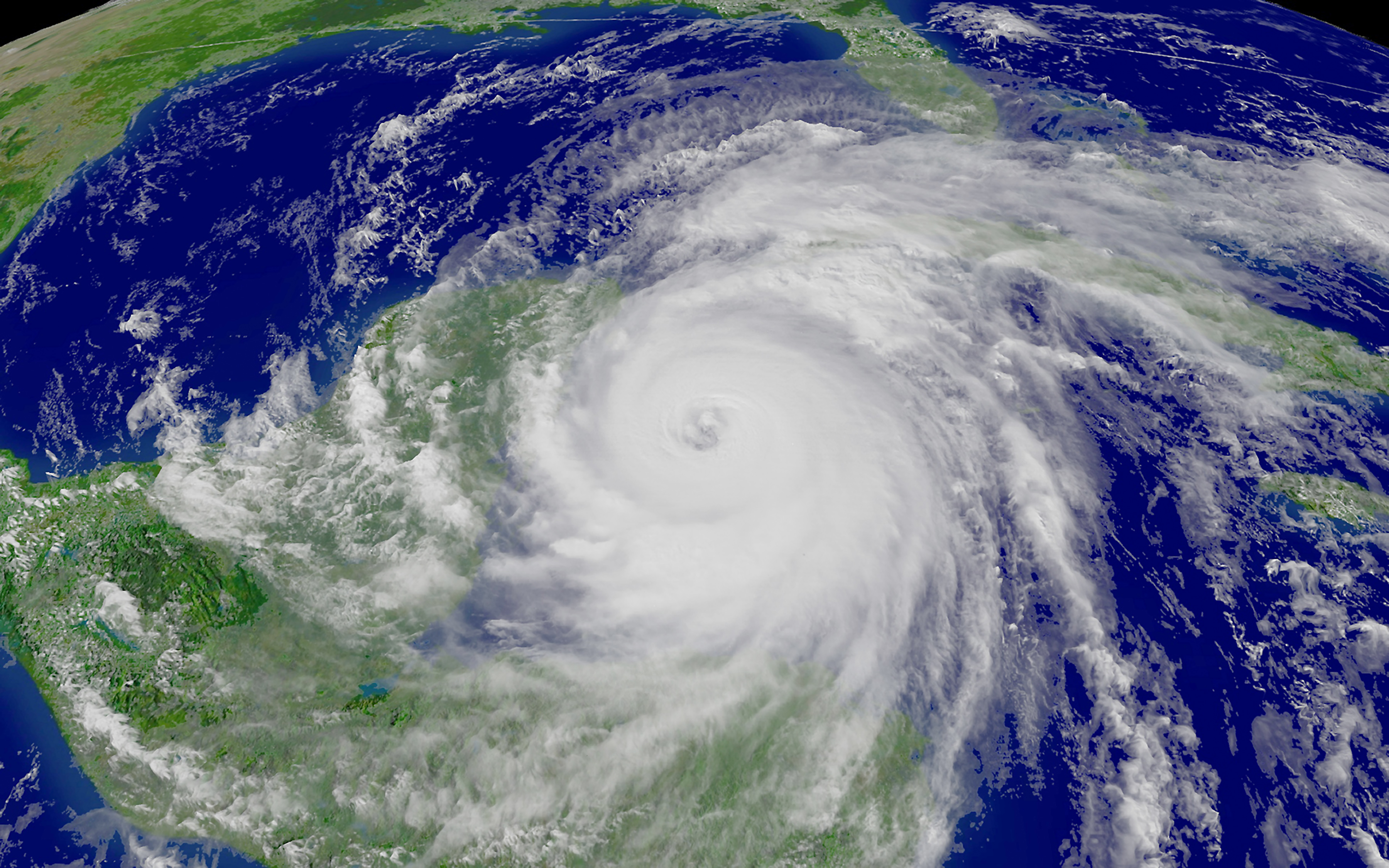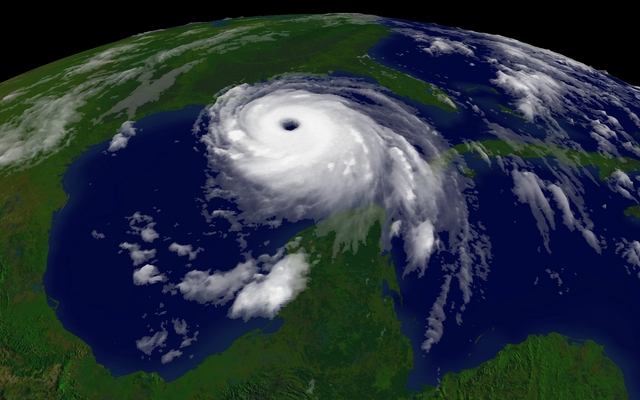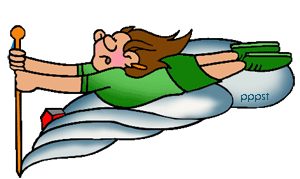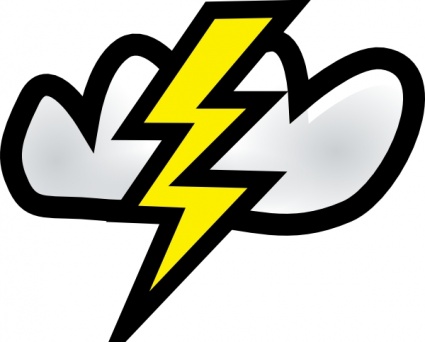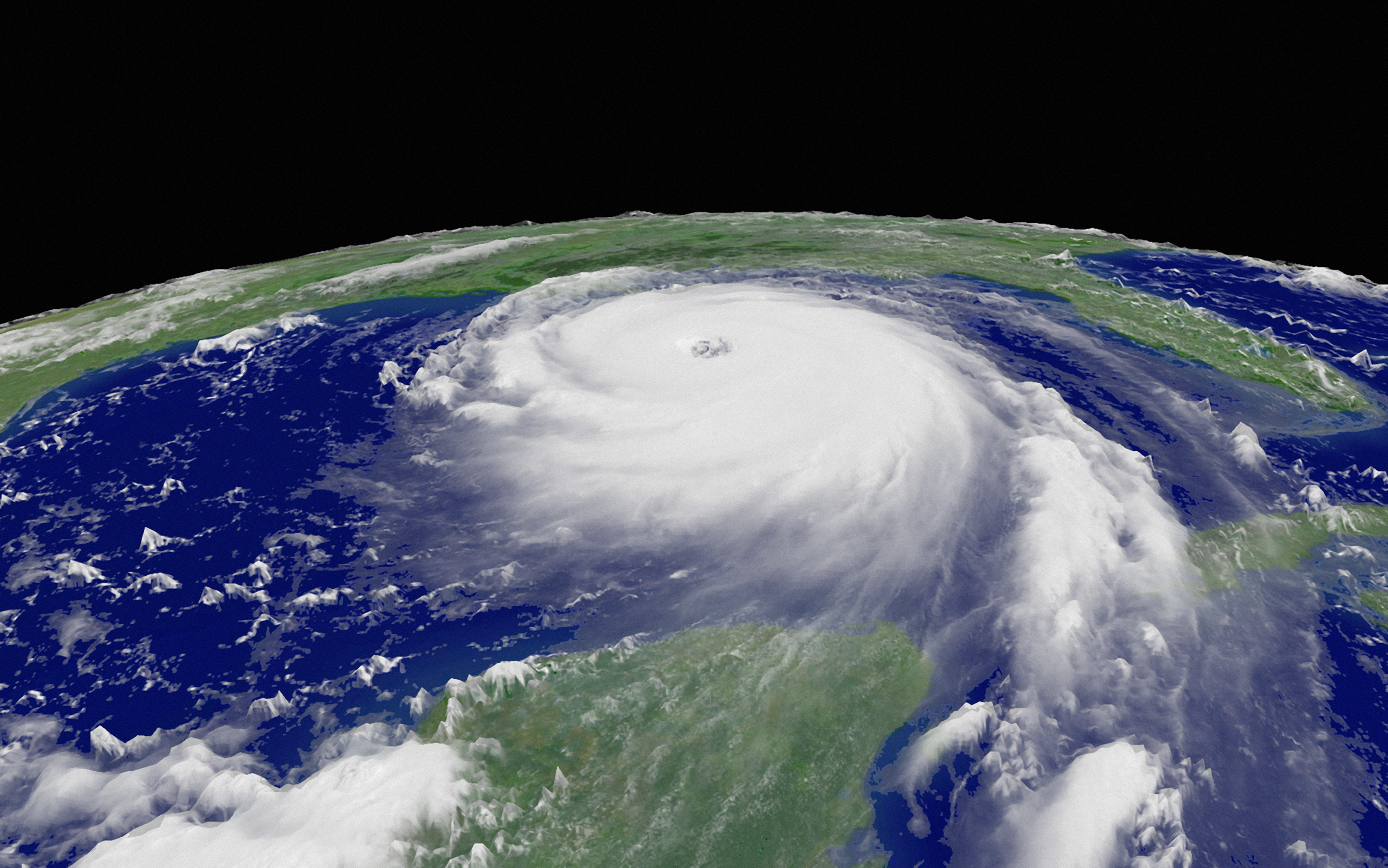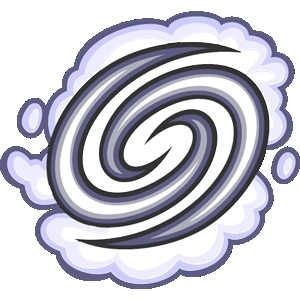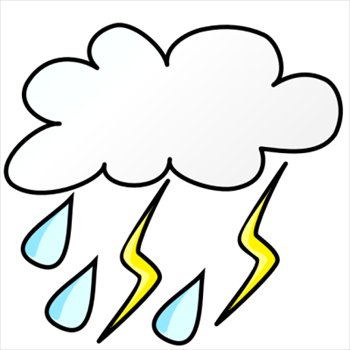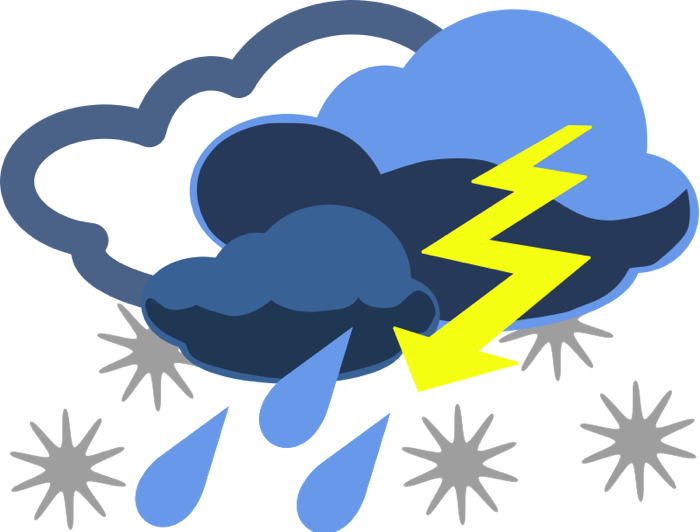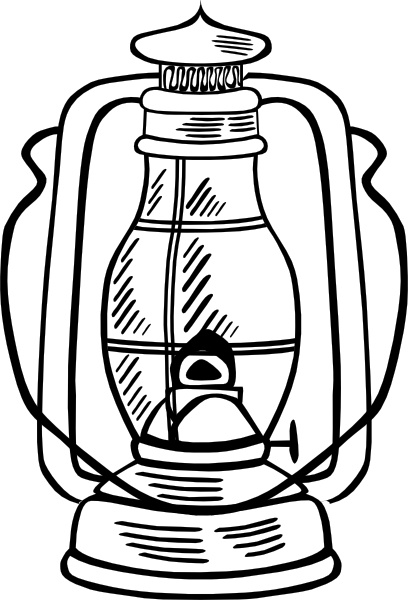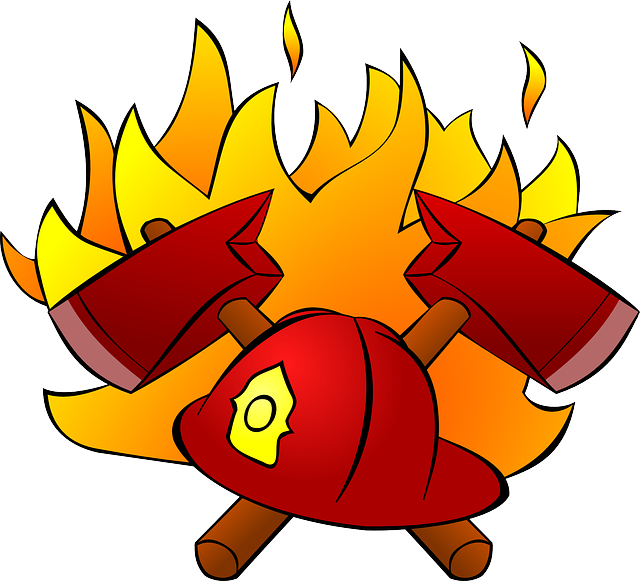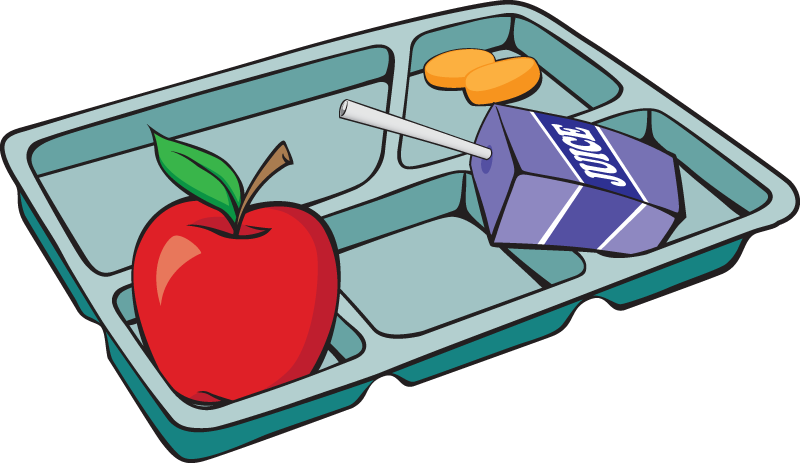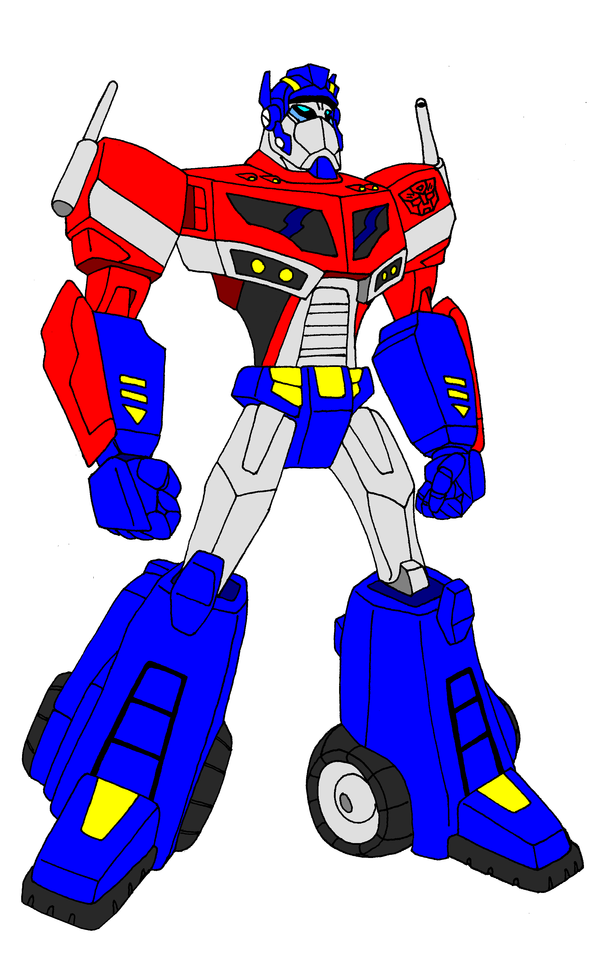Hurricane Clipart
The term Hurricane is quite familiar to most of us. It is primarily a severe tropical storm that occurs over oceanic regions. It is characterized by high winds, heavy rainfall, storm surges, and flooding. Hurricanes are known by various names throughout the world: typhoons, cyclones, or tropical storms. They have the potential to cause widespread destruction and loss of lives.
A hurricane forms when the warm ocean water heats the air above it, causing the air to rise and create a low-pressure zone. As the low-pressure area continues to build and draw in moisture, a rotating mass of thunderstorms forms and begins to spin counterclockwise in the Northern Hemisphere and clockwise in the Southern Hemisphere. When winds inside the storm and rapid air pressure changes reach a certain speed, the storm officially becomes a hurricane, classified from categories one to five based on wind speed.
The most powerful hurricanes are often the costliest and deadliest. The destruction from a hurricane can be credited to its significant wind speeds that can reach up to 200 miles per hour. Its catastrophic winds can cause immense damage to buildings, trees, power lines, and communication lines. Along with the high winds, the hurricane also brings significant rainfall that can lead to flash flooding, prolonged flooding and landslides. And if the hurricane reaches land, it brings along a storm surge – a wall of water generated by intense winds slamming the water towards the shore that can wreak havoc in coastal communities.
In addition to the immediate damage from the high winds, rain, and flooding, a hurricane can have significant long-term effects. It can disrupt transportation, communication channels, and essential services such as water and electricity. It also causes widespread destruction of agricultural lands, affecting crop production and food supply.
Though hurricanes pose significant destruction, we cannot ignore the fact that they are natural phenomena and play a crucial role in the earth's climate system. Hurricanes are formed due to the difference in temperature between the ocean and atmosphere. As the global temperature increases, the difference between atmospheric and ocean temperatures decrease, reducing the number of hurricanes forming every year. However, global warming can cause higher sea levels and warmer oceans that can amplify the hurricanes' destructive effects.
To mitigate damage from hurricanes, national and international organizations have developed various strategies. They have invested in early warning systems that provide accurate and timely information about the hurricane's path and severity. Evacuations and emergency shelters are set up to ensure that communities have a safe place to go during a hurricane. More robust infrastructure is developed to withstand the high winds, and communication systems are fortified to remain functional amid the storm's fury.
While we cannot control natural disasters like hurricanes, we can prepare ourselves to minimize their impact. Awareness and preparedness are the keys to ensure our safety and mitigate damages that a hurricane can cause. It is essential to follow instructions from authorities and be vigilant during the hurricane season. We should invest in technological and infrastructural development to enhance our capability to deal with these calamities. It's our responsibility to protect our planet and these efforts can help in negating the effect of hurricanes.
38 Hurricane Clipart vector / images. Browse the popular clipart of hurricane and get Hurricane Clipart for your personal use. Please share these Hurricane Clipart to your friends if it is useful.

